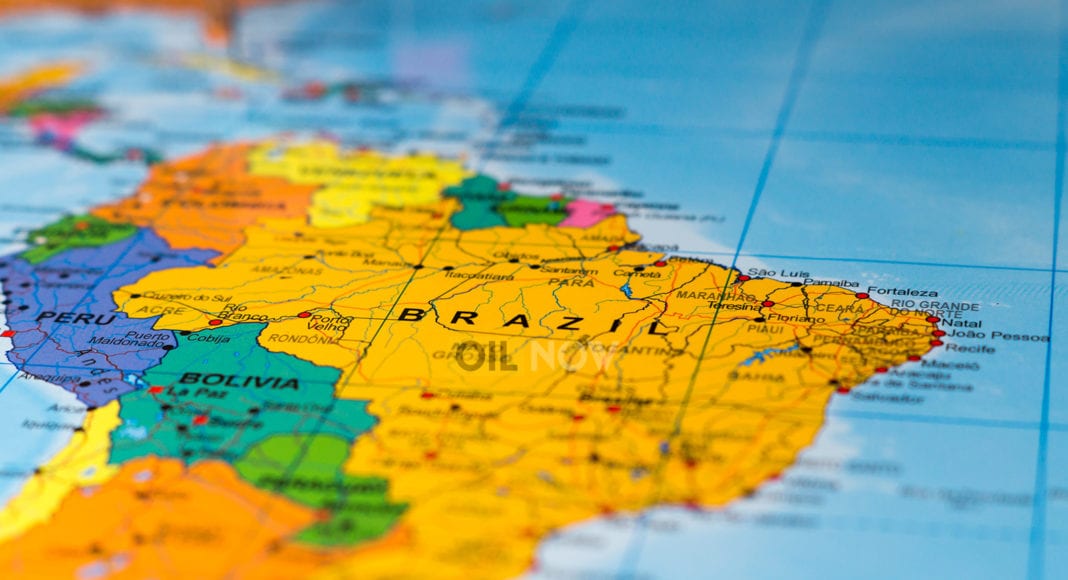Countries around the world including those in the Latin America and Caribbean region are taking measures to ramp up oil and gas production knowing that the window is closing for development of these resources at prices that would make it economically feasible.
Just this week, S&P Global Platts reported that Argentina’s government is making advances on drafting a bill to provide incentives for ramping up the country’s oil and natural gas production and exports, while more immediately seeking an agreement to end a protest stymieing activity in the Vaca Muerta shale play. This is according to Energy Secretary Dario Martinez, in a comment on April 15. “It is a priority,” he said of the bill in a live-streamed interview with the Oil Club, an industry group in Buenos Aires. “We are working very hard on the bill and we want to accelerate the process.”
Colombia, which holds regular licensing rounds to invite investment in its upstream sector, has recently undertaken what National Hydrocarbons Agency President Jose Armando Zamora called a “full review of our contract offering for bidding rounds,” building on its attractiveness to investors. “We want to boost the pace of investment for these opportunities and are testing them in Colombia’s Round 2021,” Zamora stated. He pointed out that there is a window of opportunity remaining to develop the country’s hydrocarbon resources and this must be pursued with vigor. “Otherwise, our endowment will remain underground forever, and society won’t benefit.”
Meanwhile, the region’s top oil producer Brazil is looking to implement important oil industry reforms in 2021 to remain one of the world’s top destinations for investments amid heated global competition. The country’s oil production has been rising for decades, from 1.2 million b/d in 2000 to 3 million b/d in 2020, according to Platts Analytics, which is currently forecasting production to rise another 1 million b/d by 2040. Decio Oddone, CEO at independent producer Enauta, said more favorable financial terms isn’t the only thing needed to attract investments, pointing out that regulatory stability is also important. “Regulatory stability is important, continuous improvement in the regulatory process is important,” Oddone said in a Platts report. “But what’s most important is to not miss the opportunity to do the right thing.”
The current scenario requires flexibility because Brazil and other countries in the region now face fierce competition for oil investments from newcomers such as Guyana.
A number of analysts have highlighted the advantages of competitive fiscal terms in the Guyana offshore basin which in a low oil price environment, such as what the world is expected to be faced with in the foreseeable future, ensures Guyana remains a viable choice for investors.
“For the moment, if we believe the low oil prices are here to stay, the system of Guyana is actually perfect for the conditions,” Dr. Pedro H. van Meurs, one of the world’s leading experts on upstream petroleum fiscal policy said.
Lisa Viscidi, Director of the Inter-American Dialogue’s Energy, Climate Change and Extractive Industries program said in a podcast that the low breakeven cost to develop oil fields in Guyana could see other players losing market share to the new South American oil producer.
Guyana’s Vice President, Bharrat Jagdeo has said while the government will be changing the terms in future agreements to increase the country’s revenue take, the administration recognises that the window of opportunities for oil investments is closing.
“We have this window to get as much out of this sector as possible, maximise production, get the revenue out of the sector; invest it well to build up the capability of this country…” Mr. Jagdeo has said.
So far, U.S. oil major ExxonMobil has found more than 9 billion barrels of oil equivalent resources offshore Guyana and is looking to ramp up production to over 750,000 barrels per day by 2026. Output will surpass the 1 million barrels per day mark at the turn of the decade as a total of 10 floating production storage and offloading (FPSO) units come on stream.




